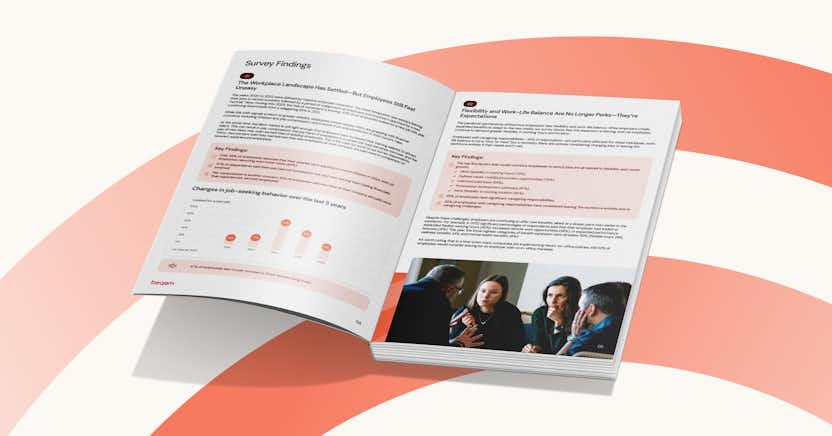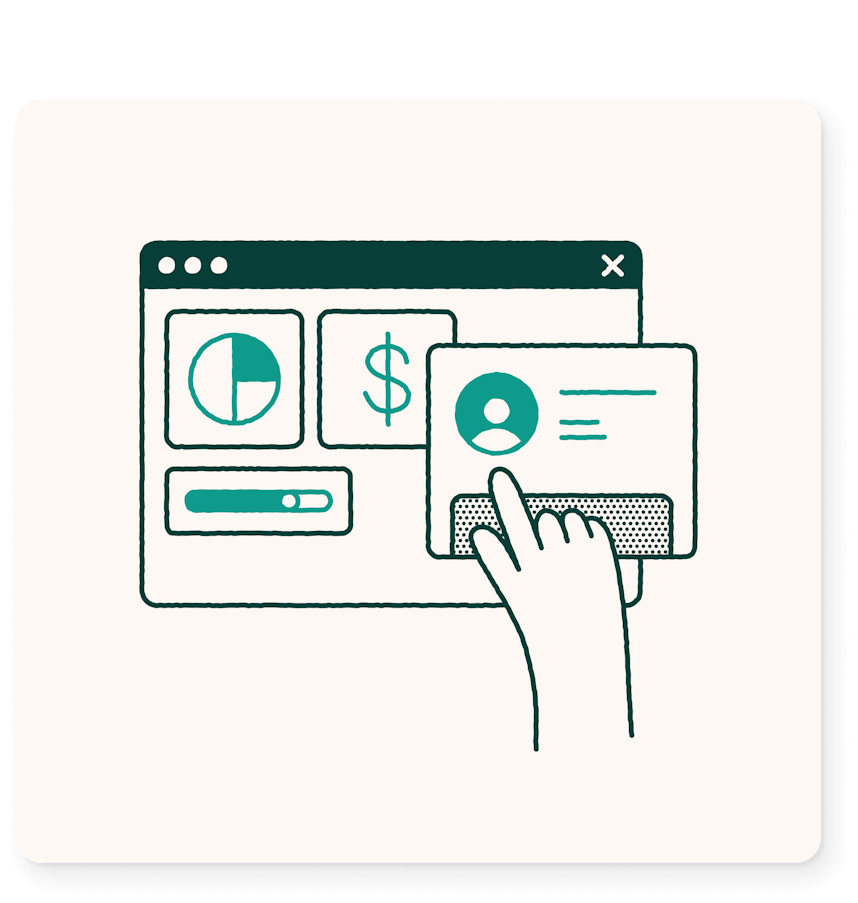What’s Next in HR Technology: Compensation, Performance, and Pay Equity

Why is HR technology evolving so rapidly?
HR technology is evolving in response to several significant trends reshaping the business landscape:
- Increasingly hybrid and flexible work environments: The shift to flexible and distributed workforces, along with changing employee expectations, has amplified the need for technologies capable of managing performance and compensation consistently across multiple locations while meeting individual needs.
- Rising regulatory demands for transparency: New pay transparency legislation in regions like the EU (through the EU Pay Transparency Directive) and local requirements in various countries and U.S. states necessitate advanced pay equity tools that ensure compliance and fairness.
- Talent scarcity and competitive hiring markets: Organizations face fierce competition for talent, emphasizing the critical role of compensation clarity, fair pay practices, and personalized employee experiences in attracting and retaining employees.
- Technological advancements: Innovations in artificial intelligence (AI), machine learning, predictive analytics, and blockchain have reached maturity, enabling practical solutions previously considered futuristic.
These factors combined create a pressing need for modern, intelligent HR technology solutions.
How will compensation management technology change?
Enhanced use of AI and predictive analytics
AI and predictive analytics are empowering compensation teams to forecast and proactively adjust compensation strategies and individual compensation decisions. AI-driven technologies enable real-time scenario modeling and budget optimization, while supporting decisions with data-backed insights and objective recommendations.
This technology helps HR teams to respond dynamically to shifting market conditions or regulatory changes, and allows companies to stay competitive by ensuring pay reflects changing industry standards.
Examples include:
- Providing managers with automated, data-driven pay recommendations during the comp cycle.
- Using AI to simulate different budget scenarios in seconds rather than weeks.
- Automating the benchmarking of salaries and pay band adjustments based on labor market data, in real-time.
Greater transparency through integrated platforms
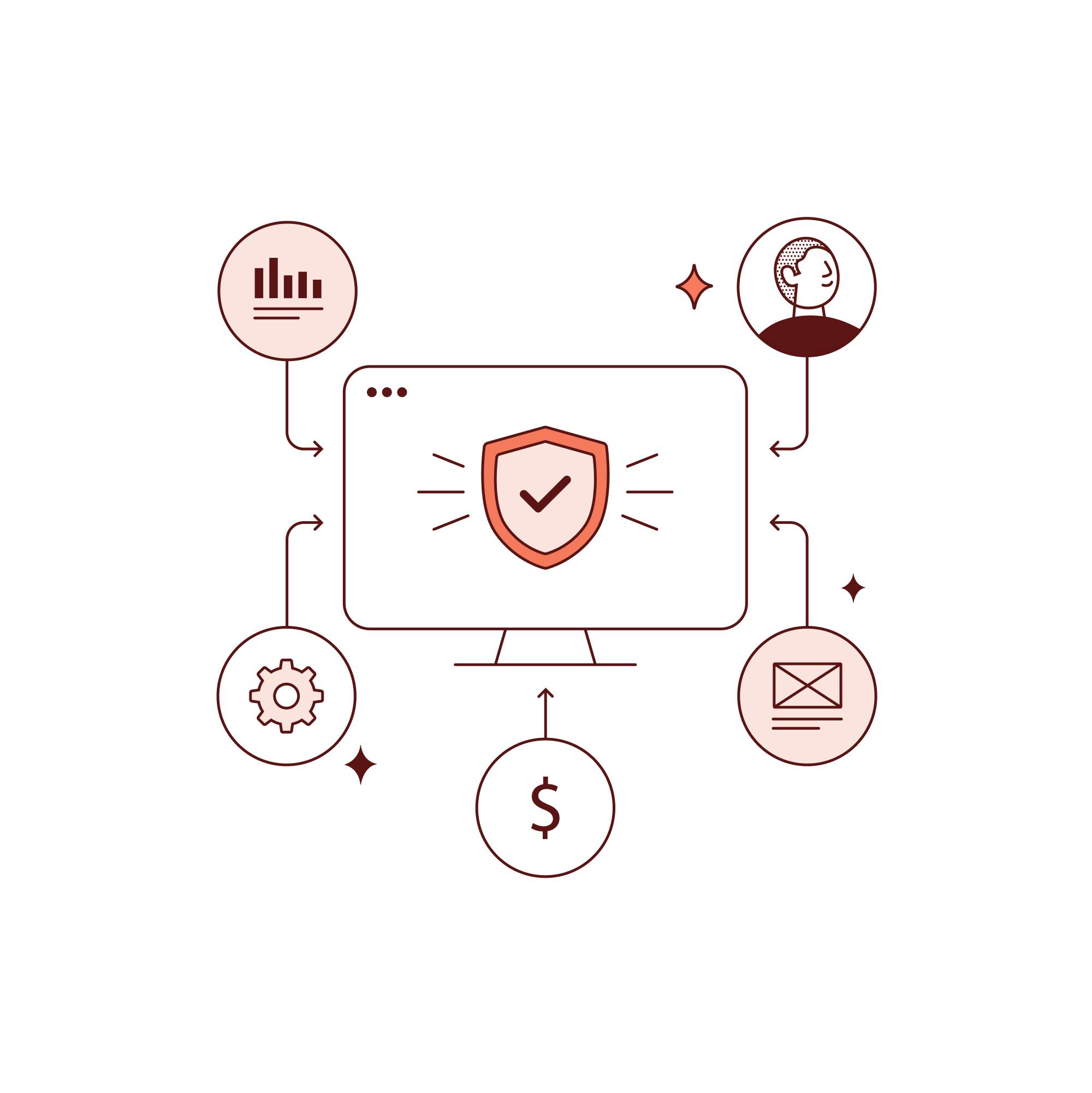
Integrated platforms refer to software solutions that consolidate multiple HR functions—such as compensation management, performance management, and pay equity analytics—into one unified system.
Rather than managing each HR function independently, integrated platforms create a single, centralized, comprehensive view of employee data. This allows compensation decisions to directly reflect performance reviews, market benchmarks, and equity audits because the relevant data is seamlessly connected and updated in real-time.
Such integration supports transparency by enabling employees and managers to clearly see how compensation decisions are made, providing visibility into all components of pay, and linking these directly to individual performance metrics, market conditions, regulatory compliance, and company policies.
Integrated platforms enhance trust, fairness, and clear communication throughout the organization.
What to look for:
When evaluating HR technology to support integrated capabilities, look for features such as:
- Real-time data synchronization or a common data repository across functions.
- Robust analytics and visualization tools for clear communication.
- User-friendly employee dashboards that explain pay decisions transparently.
- Automated compliance reporting integrated with compensation and performance data.
- Scalable architecture to support organizational growth and complexity.
Personalized compensation packages: Meeting employees where they are
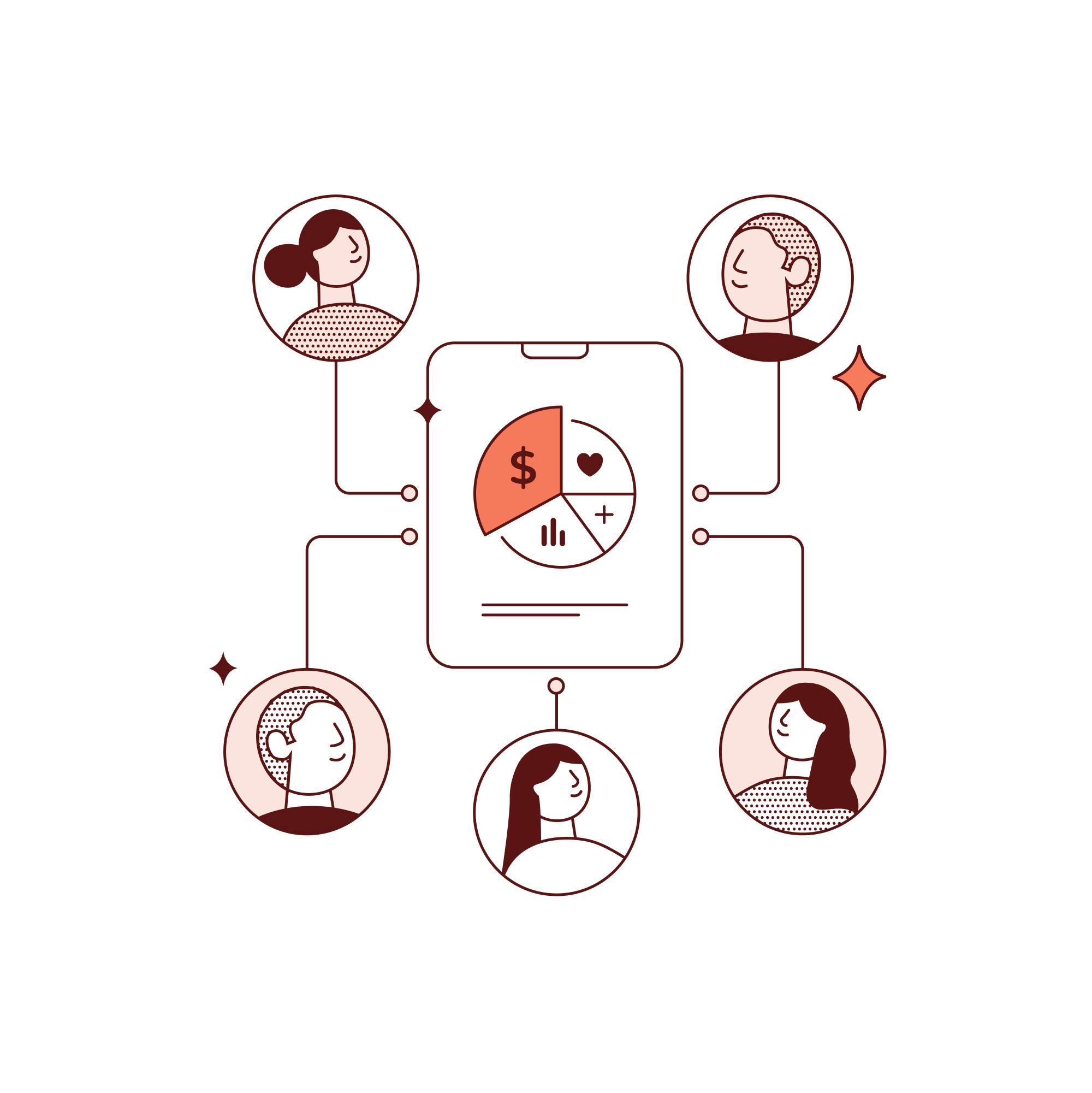
AI is ushering in a new era of hyper-personalized compensation, where pay is no longer one-size-fits-all. By analyzing individual employee data — including skills, experience, tenure, performance, role criticality, and even career aspirations — organizations can design tailored compensation packages that reflect each employee’s unique value to the business.
This shift not only enhances fairness and transparency, but also boosts retention and engagement by aligning rewards with what truly matters to each individual.
What to look for:
To enable this level of personalization at scale, organizations should look for compensation solutions with the following capabilities:
Advanced data integration
- Ability to pull in and unify data from multiple HRIS, performance management, and learning systems.
- Support for both structured (such as tenure or job level) and unstructured (for example manager feedback, employee development goals) data.
AI-powered profiling and segmentation
- Use of machine learning to identify employee segments based on contribution, potential, and career trajectory.
- Ability to recognize patterns that predict employee needs, expectations, or risk of attrition.
Intelligent recommendation engines
- Automated, data-driven suggestions for pay, bonuses, stock, or benefits based on individual profiles.
- Scenario modeling to test how personalized offers impact budget, equity, and retention metrics.
Goal alignment & value mapping
- Tools to link compensation decisions directly to business goals and employee impact.
- Ability to weigh non-monetary rewards (like flexible work or development budgets) in a holistic total rewards package.
Real-time feedback loops
- Continuous monitoring of compensation effectiveness with AI-driven alerts for anomalies, pay inequities, or outliers.
- Dashboards that help HR teams evaluate how personalized packages are influencing retention, performance, and satisfaction.
Compliance & fairness checks
- Built-in audits to ensure personalized offers stay within legal and regulatory boundaries.
- Tools to assess and safeguard pay equity across all demographic groups.
What’s next in performance management?
In 2025, the evolution of performance management technology centers on continuous, real-time feedback, AI-powered personalization, and greater accountability in the link between performance and compensation.
This shift is transforming performance management from a once-a-year formality into a dynamic, always-on system that boosts engagement, supports growth, and promotes fairness.
Continuous, real-time feedback loops

The number of firms conducting annual performance reviews is reducing. Organizations are moving toward continuous performance management, powered by mobile-first tools and AI-driven platforms that enable feedback to flow in real time.
Employees and managers now expect to give and receive continuous feedback on the go, with instant insights that help course-correct and stay aligned with team and company goals.
Examples include:
- Mobile-first platforms that facilitate ongoing feedback between managers, peers, and direct reports.
- Real-time performance analytics that integrate with compensation tools to support data-backed pay decisions.
- Platforms that automatically gather, analyze, and surface performance feedback to guide development.
Generative AI streamlining performance processes
Generative AI is accelerating and simplifying performance management workflows. From writing performance reviews to aligning goals, AI acts as a co-pilot for both employees and managers, reducing friction and freeing up time for meaningful conversations.
Examples include:
- AI-powered suggestions for employee goals that align with broader business strategies.
- Smart prompts and templates to help managers deliver high-quality feedback and coaching.
- AI-generated summaries of performance data to support check-ins and performance reviews.
Personalized coaching and development journeys
AI is also making performance management more personalized than ever. By analyzing an individual’s skills, goals, and performance trends, systems can recommend tailored growth paths — boosting motivation, retention, and leadership development.
Examples include:
- Coaching tools that suggest learning modules or stretch assignments based on employee performance.
- Predictive analytics that identify high-potential employees and future leaders early in their career journey.
Auditable, fair, and transparent reviews
As performance data becomes directly linked to compensation decisions, the need for transparency and consistency is growing. Modern systems are placing greater emphasis on auditable performance reviews — ensuring documentation, reducing bias, and reinforcing trust in pay-for-performance models.
What to look for:
- Performance tracking tools that automatically log feedback and reviews for auditing.
- Integrated dashboards that allow HR to monitor fairness and spot potential discrepancies across teams or demographics.
- Clear documentation to support compensation decisions and mitigate legal or ethical risks.
How is technology improving pay equity and compliance?
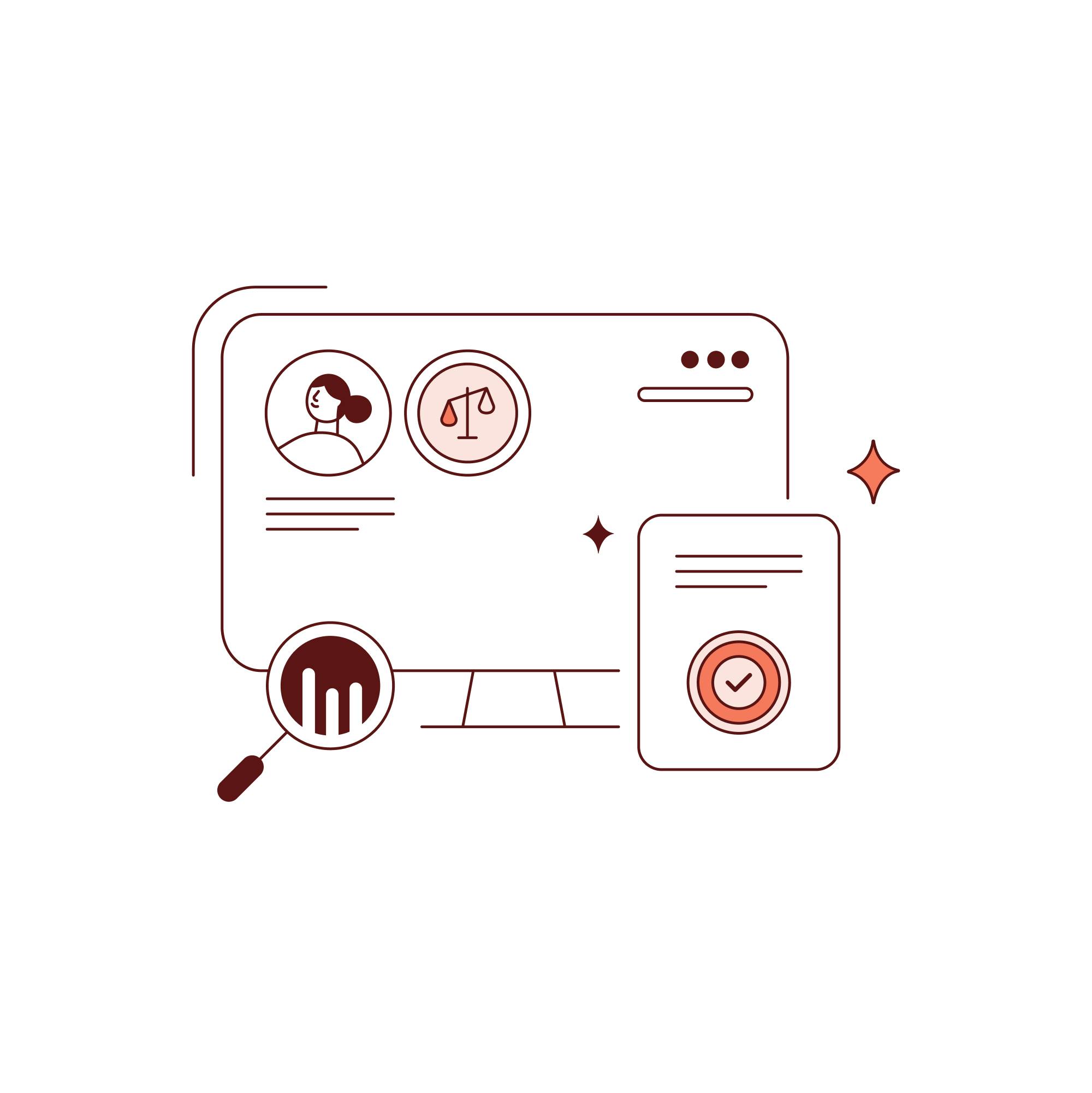
As pay equity moves to the top of the corporate agenda, technology is playing a critical role in helping organizations not only meet compliance standards but also build fairer and more transparent compensation practices. From advanced analytics to AI-powered audits and automated reporting, modern tools are enabling companies to go beyond surface-level reviews and embed equity into the core of their compensation strategies.
What’s driving advancements in pay equity technology?
Three key forces are accelerating the evolution of pay equity solutions:
- Legislation: Governments are raising the bar on transparency and equity, prompting organizations to adopt technology that ensures accurate, compliant, and scalable reporting.
- Societal and employee pressure: Modern workforces — especially younger generations — expect accountability and fairness in compensation. Technology provides the tools to meet these expectations with credibility.
- Organizational demand for accountability: Internally, HR and leadership teams want to ensure fairness, minimize risk, and improve trust in pay systems — driving demand for data-backed equity insights and transparent processes.
Advanced analytics for pay fairness
Organizations are increasingly leveraging advanced compensation analytics, including plug-and-play solutions, to surface pay disparities that traditional methods often overlook. These tools provide a deeper, more nuanced view of equity across multiple variables — not just gender or ethnicity, but also role, tenure, location, performance, and promotion history.
By layering in sophisticated statistical methods, such as those found in PayAnalytics by beqom, companies can move from reactive corrections to proactive pay management.
Examples include:
- Multivariate regression analysis (MRA): Integrated directly into pay equity platforms, MRA enables companies to isolate pay gaps while controlling for legitimate variables like experience or job level.
- AI-driven audits: These tools automatically flag anomalies, outliers, and potential inequities, helping HR teams prioritize areas that need intervention before they escalate into legal or reputational risks.
- Equity visualizations: Modern analytics dashboards help teams easily identify trends and disparities across the organization — from department to geography to manager.
Transparency legislation compliance
As governments enact stronger pay transparency laws — such as the EU Pay Transparency Directive) or U.S. state-level mandates — companies must adapt quickly or face regulatory, legal, and reputational consequences.
Technology platforms help companies stay ahead of these requirements by automating key aspects of compliance and ensuring they are always audit-ready.
Capabilities include:
- Integrated compliance dashboards: These provide real-time tracking of key metrics like pay gaps, representation thresholds, and regulatory deadlines — offering visibility at both local and global levels.
- Automated, audit-ready reporting: Pre-built templates and workflows streamline the process of preparing disclosures for regulatory bodies, board reporting, or internal governance.
- Secure data traceability: Ensures that compensation decisions are not only transparent but also well-documented and defensible, reducing risk during external audits or internal reviews.
How can HR teams make greater use of analytics technologies?
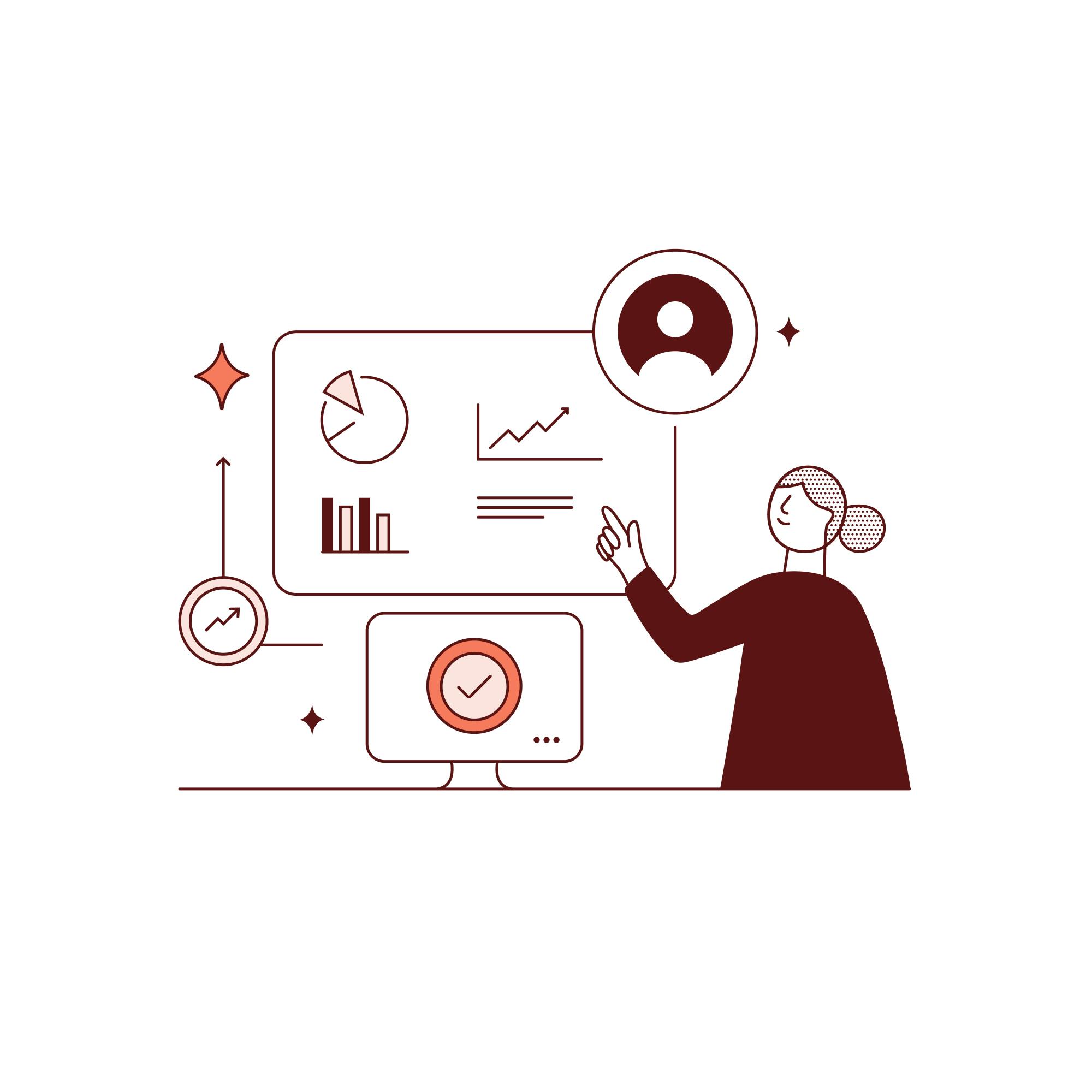
Increasingly, HR teams are being asked to deliver strategic insights that support business goals — and analytics is the key to making that shift. With the help of modern technology, HR teams can move from reactive decision-making to proactive, data-informed strategies across both people analytics and workforce analytics.
These two domains are closely related but serve different purposes. People analytics focuses on individual-level data to understand employee behavior, performance, and engagement, while workforce analytics takes a broader view, looking at organizational trends such as headcount planning, skills forecasting, and labor cost optimization.
Unlocking value with people analytics
People analytics helps HR teams gain a deeper understanding of how individuals contribute to organizational success — and where intervention might improve outcomes. With the right tools, organizations can explore correlations between employee engagement, performance, compensation, and retention.
As noted in beqom’s guide to people analytics, some of the most impactful use cases include:
- Identifying flight risk through patterns in engagement or compensation.
- Detecting performance trends that can inform development strategies.
- Analyzing pay equity and compensation effectiveness at the individual level.
- Supporting diversity and inclusion efforts with concrete, employee-level data.
Technology plays a central role here, enabling HR to unify data from multiple systems and surface real-time insights. Platforms that offer predictive analytics, automated reporting, and intuitive visualizations make people analytics accessible to a broader HR audience.
Taking a strategic view with workforce analytics
Workforce analytics looks at the organization as a whole, helping HR leaders align talent strategies with business needs. It combines data from across the enterprise to model workforce supply and demand, evaluate cost scenarios, and prepare for future talent requirements.
beqom’s blog on strategic workforce analytics outlines key applications such as:
- Forecasting talent gaps based on upcoming retirements, turnover patterns, or business growth.
- Scenario modeling for workforce planning, including cost implications and productivity impacts.
- Assessing workforce diversity and representation across departments or regions.
- Analyzing headcount and skills distribution to support agile resource planning.
Advanced workforce analytics platforms offer integrated dashboards, predictive modeling tools, and data visualizations that enable cross-functional teams to make informed, collaborative decisions.
Building a foundation for data-driven HR
To scale the use of analytics across both people and workforce domains, organizations must invest in:
- Centralizing HR data from systems like payroll, compensation, performance management, and learning.
- Training HR professionals to interpret and act on data insights.
- Establishing strong data governance practices, with the right technology, to ensure privacy and accuracy.
- Embedding analytics into key HR workflows, from compensation to succession planning.
By combining the power of people analytics and workforce analytics — supported by the right technology — HR can deliver deeper insights, increase strategic alignment, and drive more equitable and effective talent decisions.
The big picture: Preparing your organization for 2025
As we've outlined, HR technology in 2025 and beyond will revolve around smarter, data-driven decision-making, personalized employee experiences, and unwavering commitment to fairness and transparency. To prepare, HR leaders should:
- Assess current technology solutions for capability gaps.
- Identify regulatory compliance requirements early.
- Explore solutions that provide advanced AI-driven analytics.
- Prioritize user experience to boost adoption and engagement.
Companies that proactively embrace these technology shifts will find themselves at a clear competitive advantage, attracting and retaining talent effectively, complying seamlessly with regulations, and driving superior organizational performance.
How beqom can help
At beqom, we specialize in delivering cutting-edge solutions in compensation management, performance management, and pay equity software. Our platform leverages the latest technologies—including generative AI, advanced analytics, and intuitive user experiences—to empower your organization to address evolving HR technology demands head-on. Whether you’re looking to enhance compensation clarity, streamline performance management, or proactively ensure pay equity, beqom provides the comprehensive, scalable tools you need.
Explore how beqom can transform your HR technology landscape—contact us today for a personalized demo and consultation.






